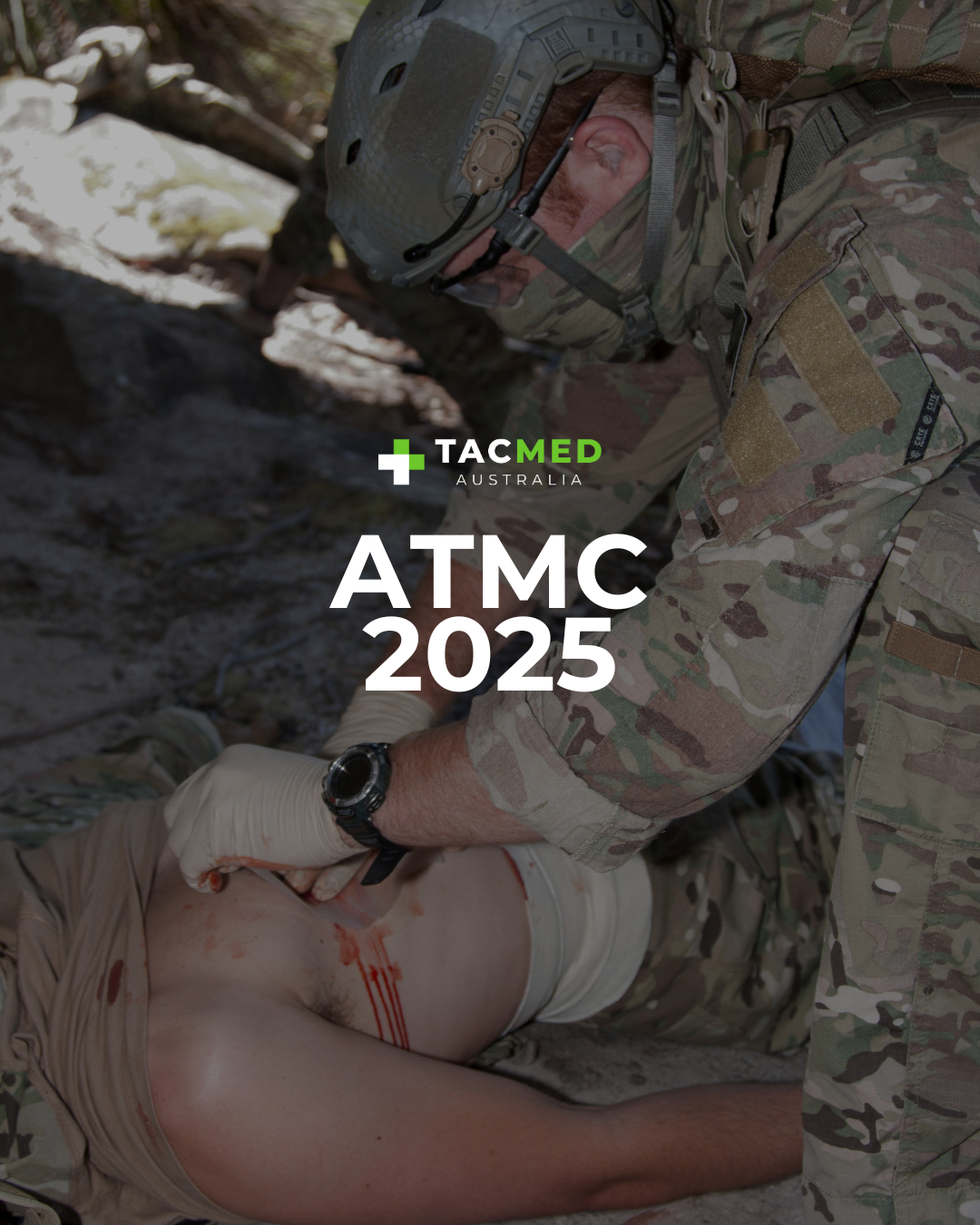Innovative Chest Seals: But, A Packet of Chips?
Social media has been going off recently with the news of a resourceful New York Police Department (NYPD) Police Officer using a pack of Lays potato chips as in improvised chest seal. If you haven't seen it, check out the bodycam video and news story below.
I don't know about you, but I applaud Officer Ronald Kennedy for his work in improvising, adapting and overcoming the situation!
Now forget about the news clip with a terrible explanation and re-creation of the chip packet chest seal and Pneumothorax, I'll walk you through it!
Pathophysiology (what's going wrong in the body)
When an object, like a knife, penetrates the chest wall and enters the pleural space (ie the big cavity in your chest where your lungs are) it creates a path for air to enter the chest between the lungs and the lining of the chest (called a Open Pneumothorax or Sucking Chest Wound) and if the wound is big enough, it will inhibit the body's normal respiratory mechanics.
An Open Pneumothorax can develop into a life-threatening Tension Pneumothorax which is when air is able to enter the chest cavity on inspiration, but cannot escape like an Open Pneumothorax. As time goes on (sometimes rapidly) the pressure builds in the chest and causes the injured lung to collapse and place pressure on the "good lung",heart and major blood vessels. This then causes the patient to become severely shocked and die if not treated.
A Tension Pneumothorax is life-threatening and a preventable cause of death.

*Image from https://www.orthobullets.com/knee-and-sports/3122/pulmonary-conditions-in-athletes
Signs & Symptoms of Tension Pneumothorax
- Painful to breath
- Increased respiratory rate
- Unequal rise & fall of the chest
- Decreased or absent breath sounds
- Hypotension (low blood pressure)
- Tachycardia (fast heart rate)
- Cyanosis (blue colour of skin and usually seen around lips/mouth)
- Jugular Vein Distention (veins in neck enlarged)
- Respiratory failure & Cardiac Arrest.
Treatment
Whilst I commend the officer for doing what he did with what he had, I don't want you substituting a proper Trauma Kit with a pack of chips (no matter how tasty they are!).
The definitive treatment for a Pneumothorax is generally a Chest Tube placed by a Doctor in the Emergency Department (or Medical Team in the field) but the common treatment in the field is Posture, Oxygen, Vented Chest Seal and Needle Decompression (depending on equipment and qualifications ect).
There are some more advanced procedures and treatments but I wanted to write this post for the basic First Responder such as Police Officers.
The correct procedure for the application of a chest seal, such as the Hyfin Chest Seal, can be seen here:
Current evidence is limited but points towards Vented Chest Seals being the preferred type of chest seal. Non-Vented Chest Seals may prevent air from escaping the chest cavity and cause a Tension Pneumothorax. It's also important to remember that applying a Vented Chest Seal to a casualty does NOT guarantee that a Tension Pneumothorax won't develop and the casualty needs close monitoring for any deterioration.
If you would like to learn more about treating life-threatening injuries in high-risk environments, you can read more about our TacMed Training programs HERE.
To equip yourself with the best Trauma Kits available in Australia, please visit HERE.






